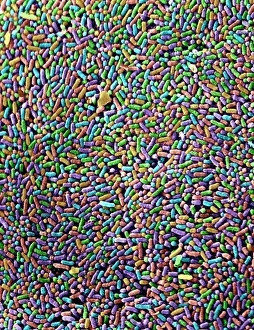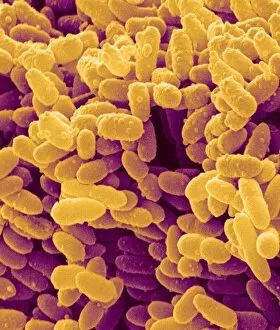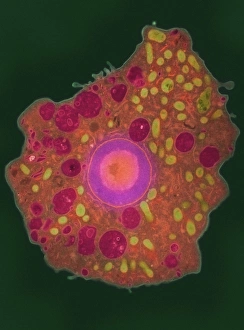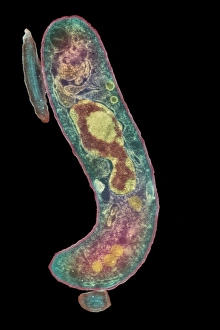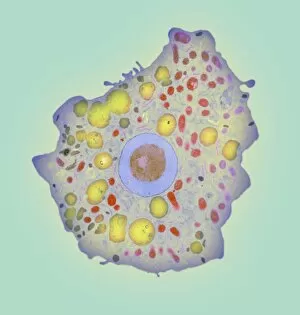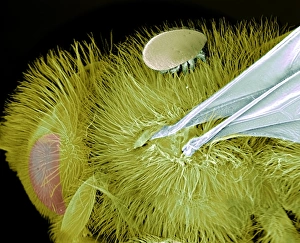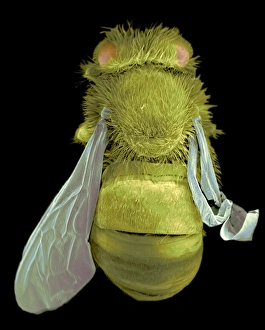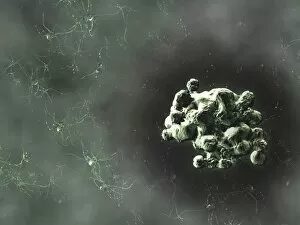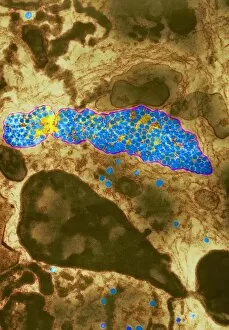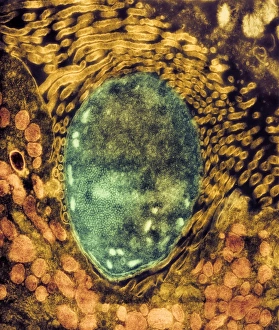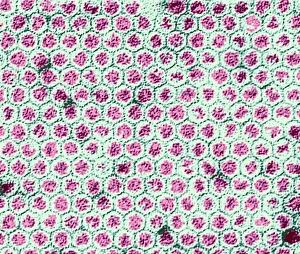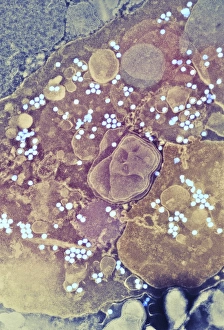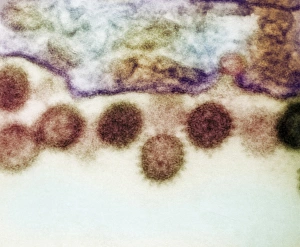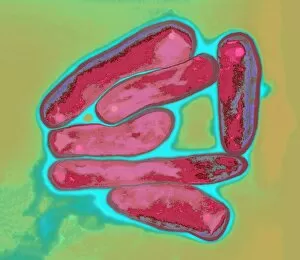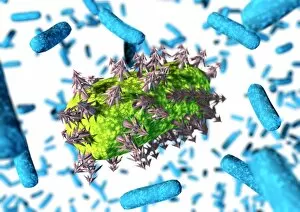Disease Causing Collection
"Disease-Causing Microorganisms: Unveiling the Hidden World" In a realm unseen by the naked eye
All Professionally Made to Order for Quick Shipping
"Disease-Causing Microorganisms: Unveiling the Hidden World" In a realm unseen by the naked eye, lies a world teeming with microscopic organisms that have the power to wreak havoc on our health. Meet Salmonella bacteria, notorious for causing foodborne illnesses and gastrointestinal distress. Under the scanning electron microscope (SEM), their rod-shaped bodies appear like tiny invaders ready to strike. Moving on to Rift Valley fever virus, its presence can be detected through transmission electron microscopy (TEM). This viral culprit is responsible for outbreaks of severe fever and hemorrhagic diseases in both humans and animals. Its intricate structure reveals a complex network of proteins designed to infiltrate host cells. Enter Malaria parasites, another formidable enemy lurking within our bloodstream. TEM exposes their delicate yet deadly nature as they invade red blood cells, causing recurring bouts of high fevers and fatigue that plague millions worldwide. Paramyxovirus particles take center stage next under TEM's lens. These respiratory viruses are known for causing various ailments such as measles and mumps, showcasing an array of shapes resembling miniature spaceships poised for attack. Dengue fever virus particles follow suit in TEM imagery; these spherical entities are responsible for spreading dengue fever through mosquito bites. Their distinct spikes serve as key markers distinguishing them from other viral culprits. Adenovirus takes us deeper into the microscopic world with its hexagonal capsid structure observed via TEM. Known to cause respiratory infections and conjunctivitis among others, this virus demonstrates how even seemingly simple geometries can harbor immense danger. HIV viruses come into focus next under TEM's powerful magnification capabilities. These infamous retroviruses target immune cells relentlessly, leading to AIDS if left unchecked. Their unique shape showcases their ability to evade detection while silently compromising our immune system's defenses. Switching gears slightly from pathogens to parasites brings us Schistosome fluke seen through SEM imaging techniques—these flatworms cause the debilitating disease schistosomiasis.

